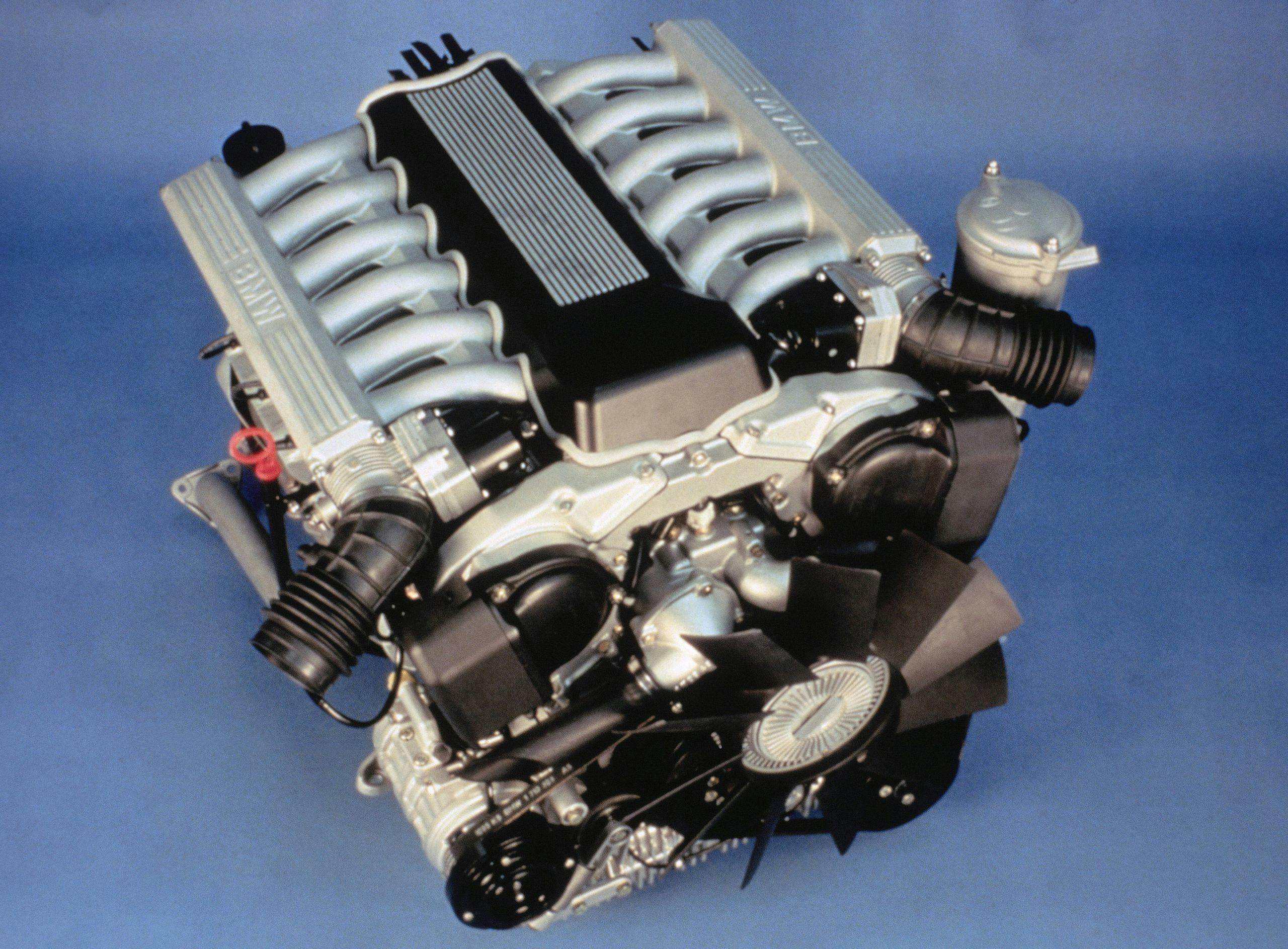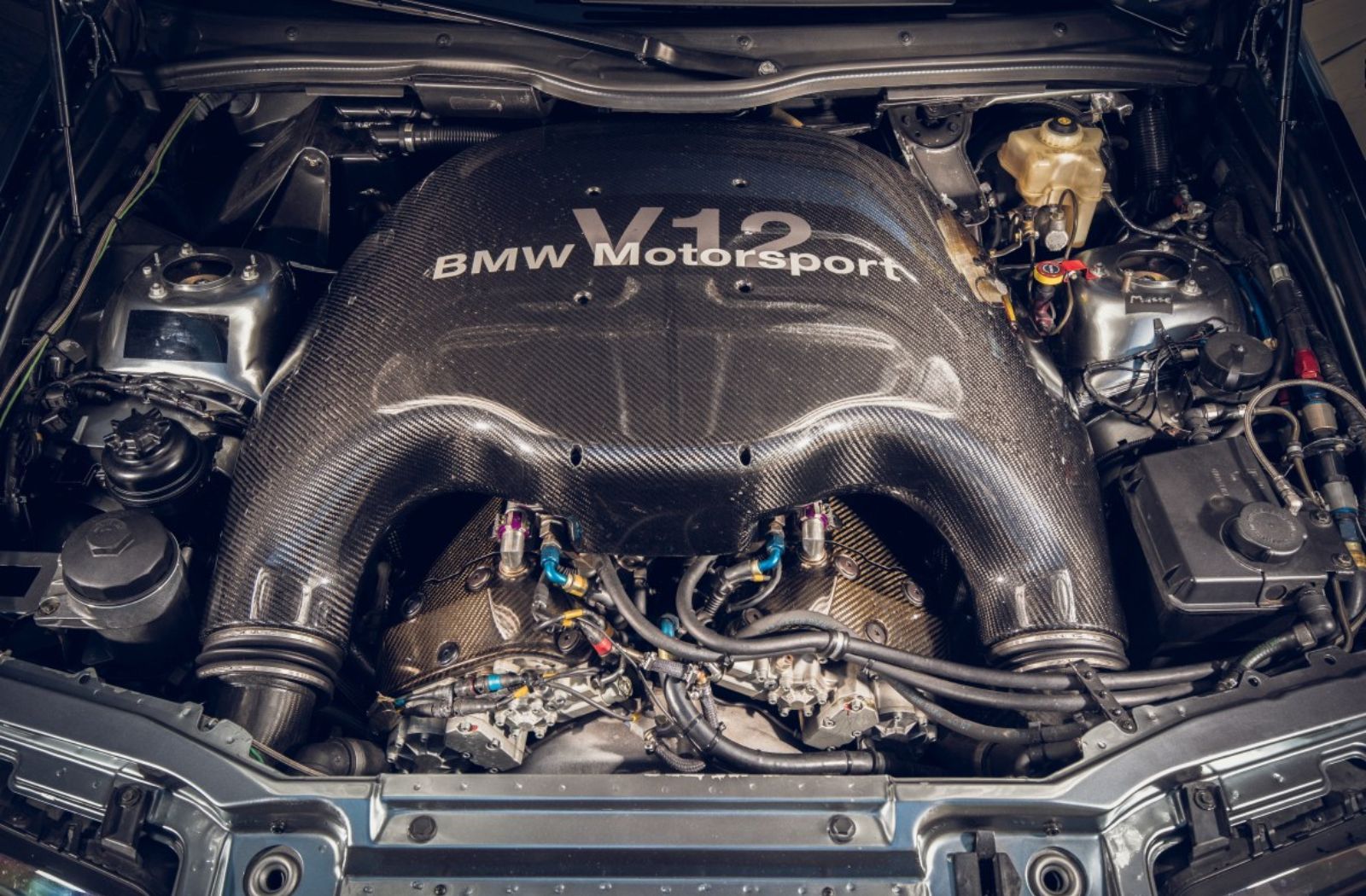Exploring the Evolution of Combustion Engines in Modern Transport Systems
As we browse the landscape of modern-day transportation, the development of burning engines stands as a testimony to human resourcefulness and design prowess. From their humble starts to the advanced giants moving automobiles today, combustion engines have gone through an amazing trip of innovation and adjustment. Recognizing the details of this advancement not just clarifies the past but likewise paves the method for imagining what lies in advance in the world of transportation modern technology. The interaction of history, innovation, and environmental concerns in shaping the trajectory of combustion engines creates a story that is both insightful and engaging.
Very Early Beginnings of Combustion Engines
Exactly how did the idea of combustion engines initial emerge in the early stages of transportation development? The origins of combustion engines can be traced back to the 17th century when the concepts of interior burning were first explored. In 1673, Christian Huygens conceptualized a fundamental interior burning engine that made use of gunpowder to produce power. However, it wasn't till the late 19th century that practical applications of combustion engines in transportation started to emerge.
The innovation minute featured the development of the initial effective gasoline-powered engine by Karl Benz in 1885 - bmw engine. This engine paved the way for the growth of the contemporary automobile, changing transport systems worldwide. Succeeding developments by Nikolaus Otto and Gottlieb Daimler even more refined burning engine technology, bring about the automation of cars and the rapid growth of the transportation sector
These very early combustion engines were defined by their simplicity and efficiency, laying the structure for the complicated and powerful engines utilized in modern-day transport systems. The advancement of combustion engines has contributed fit the way we travel and transport items, noting a considerable turning point in the background of transport growth.
Change to Internal Combustion Innovation
The shift to internal burning modern technology noted a critical change in the evolution of transportation systems. This shift began in the late 19th century, with inventors like Nikolaus Otto and Gottlieb Daimler developing the first effective internal burning engines. These engines revolutionized transport by supplying a much more powerful and efficient alternative to steam engines and electric motors.
Among the vital benefits of interior combustion engines was their capability to be reduced to suit cars, resulting in the growth of motorcycles and vehicles. This shift from cumbersome, fixed engines to compact, mobile ones led the way for the contemporary transport systems we see today.
The change to internal combustion modern technology additionally spurred developments in fuel technology, causing the growth of gasoline and diesel as key gas resources for vehicles. This shift not only made transport extra available to the masses yet additionally laid the structure for the oil and gas industry to come to be important to international economic situations.
Influence of Combustion Engines on Transportation
The fostering of burning engines in transportation systems militarized a profound shift in the performance and speed of international mobility. Combustion engines reinvented transport by supplying a flexible and trustworthy resource of power for numerous vehicles, including cars and trucks, ships, aircrafts, and vehicles. This innovation considerably improved the ability for individuals and items to conform fars away in much shorter visit site amount of time, bring about raised connectivity between regions and nations.
Furthermore, the widespread use of combustion engines has actually had a substantial influence on financial development. The capability to carry goods efficiently has actually spurred profession and business, enabling businesses to increase their markets and reach customers worldwide. This has facilitated financial growth and globalization, as items can now be moved much faster and in larger quantities than in the past.
Nonetheless, the ecological effect of combustion engines can not be overlooked. The burning of fossil gas has led to air contamination and greenhouse gas Resources discharges, adding to environment modification and positioning health dangers to populations. bmw engine. Because of this, there is an expanding emphasis on creating alternate propulsion innovations to mitigate these unfavorable effects and develop a much more sustainable future for transportation
Technologies in Combustion Engine Style
Numerous innovations in combustion engine layout have moved the advancement of transport systems over the decades. One significant technology is the development of turbocharged engines, which make use of exhaust gases to drive a wind turbine that presses incoming air, enabling more fuel to be burned, leading to raised power output without a considerable rise in engine size. Furthermore, straight injection innovation has boosted gas performance and performance by specifically controlling the quantity and timing of gas injected into the burning chamber. Variable shutoff timing systems have actually also changed engine style by maximizing airflow at different engine rates, boosting both power and efficiency. One more considerable improvement is the assimilation of lightweight materials such as carbon fiber and helpful resources light weight aluminum alloys, lowering overall engine weight and enhancing automobile gas economy. In addition, improvements in computer-aided layout have actually made it possible for engineers to optimize engine performance and effectiveness with simulations before physical models are constructed, conserving time and resources in the advancement procedure. These innovations jointly add to the continual renovation of burning engines in modern-day transportation systems.
Future Patterns in Combustion Engine Growth
With innovation advancements driving continual innovation, the future of combustion engine growth is poised to reinvent transport systems globally. One of the essential patterns in combustion engine advancement is the press towards higher performance and decreased discharges.
An additional popular trend is the adoption of crossbreed modern technologies in combustion engines. Crossbreed engines incorporate traditional combustion innovation with electrical power, offering improved gas efficiency and lower discharges. As the vehicle sector changes towards electrification, hybrid combustion engines are seen as a transitional service that connects the space in between conventional cars and completely electric ones.
Additionally, the assimilation of clever technologies, such as expert system and data analytics, is expected to play a considerable function in the future of burning engine development. These technologies can optimize engine performance in real-time, leading to more efficient burning procedures and improved general automobile performance. Embracing these future trends will certainly not just drive technology in combustion engine advancement but also add to an extra lasting and eco-friendly transport environment.

Conclusion
Finally, the development of combustion engines in modern-day transport systems has actually been noted by substantial innovations in modern technology and layout. From the very early starts of burning engines to the shift to inner combustion modern technology, these engines have actually had an extensive influence on transport. Advancements in combustion engine design continue to drive progress in this area, with future fads concentrating on more boosting effectiveness and minimizing discharges. The future of combustion engines in transport looks encouraging as r & d efforts proceed to press boundaries.
The roots of burning engines can be traced back to the 17th century when the concepts of interior combustion were initial explored. These engines revolutionized transport by using a more powerful and reliable choice to vapor engines and electric motors.
